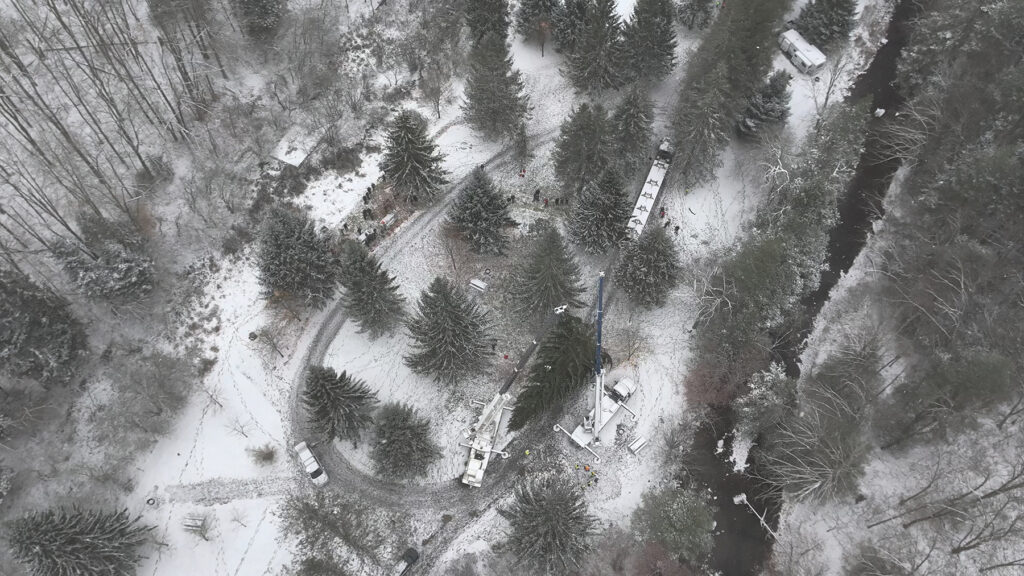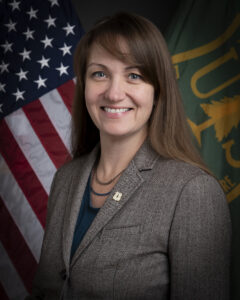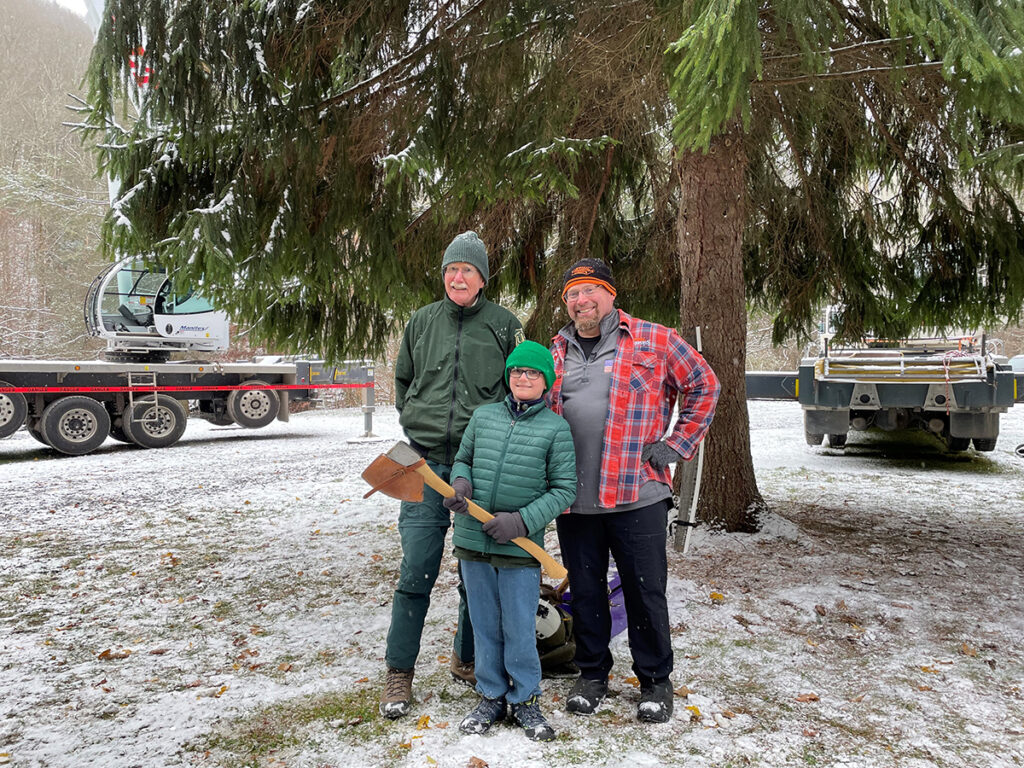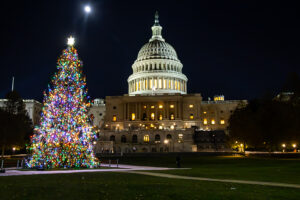
New Acting Forest Supervisor

The U.S. Department of Agriculture’s Forest Service selected Tracy Calizon as Monongahela National Forest’s Acting Forest Supervisor. She will lead the 920,000-acre forest until April 2024, replacing Shawn Cochran, who is now Forest Supervisor for Black Hills National Forest in South Dakota.
Calizon began her Forest Service career in Washington, D.C., where she worked for Research and Development as a national litigation coordinator and with the Office of Tribal Relations as lead author on the USDA/Forest Service Synthesis on Sacred Sites. Her next post was on the Gifford Pinchot National Forest in southwestern Washington State, where she led efforts in sustainable recreation, public affairs, heritage, tribal relations, special uses, and partnerships as the Community Engagement Staff Officer. Most recently, she served as the Assistant Director for Recreation, Lands, and Minerals in the Forest Service’s Pacific Northwest Regional Office, supporting all national forests in Oregon and Washington.
“I’ve heard fantastic things about the Monongahela and West Virginia and am very happy to be here,” said Calizon. “I’m excited to put my skills to work alongside all of you who love the Mon!”
Calizon holds a bachelor’s degree in environmental science from University of Virginia and a law degree, with a concentration in natural resources and public lands law, from University of Colorado. She grew up camping, hiking, and skiing in the parks, forests, and beaches of Virginia and the surrounding area, and enjoys cooking, gardening, reading, and traveling with her favorite travel buddies, her husband Bobby and their two teenage kids.
The process of hiring a permanent Forest Supervisor is underway.
U.S. Capitol Christmas Tree

The tradition of the U.S. Capitol Christmas Tree, also known as the People’s Tree, began in 1964 when a live 24-foot-tall Douglas Fir was planted and decorated for the holidays on the U.S. Capitol lawn. The live tree survived only a few years, and several new trees were planted to replace it.
In 1970, the Architect of the Capitol, who oversees the Capitol grounds and facilities, asked the U.S. Forest Service to provide a cut tree for the Capitol. Every year since, one of the country’s 154 national forests has provided the U.S. Capitol Christmas Tree. This tradition has grown into an annual celebration of our nation’s forests and public lands.
Over the years, Monongahela National Forest has provided three trees. The first was a Norway spruce harvested from Camp Thornwood, a former Civilian Conservation Corps camp in Pocahontas County on the Greenbrier Ranger District, in 1970. In 1976, the Forest provided a native red spruce from the Gauley Ranger District. Last year, a 63-foot Norway spruce from Laurel Fork Campground on the Greenbrier Ranger District was selected.

Months of preparation preceded the selection of the 2023 tree. Forest Service staff searched the forest for candidates that displayed ideal characteristics of a U.S. Capitol Christmas Tree—60–80 feet tall, cone-shaped, with full branches all the way around. In July 2023, representatives from the Architect of the Capitol made their selection after an on-forest visit to view eight candidate trees.
At the same time, Monongahela employees provided hundreds of conservation education programs about forest management at schools, camps, and public events. They worked with West Virginians to create handmade ornaments and tree skirts for the big outdoor tree and smaller trees inside Washington D.C. federal buildings. Senator Manchin held an essay contest to select a West Virginia fourth-grade student to participate in Washington D.C.’s tree lighting festivities.
Harvest Day arrived on November 1. West Virginia attorney and World Champion Lumberjack Arden Cogar, Jr. and longtime Monongahela National Forest employee Ron Polgar used a crosscut saw to cut the 2023 U.S. Capitol Christmas Tree. Ethan Reese, a Beverly Elementary School student and 2023 Youth Tree Lighter, read his winning essay about why he loves West Virginia’s forests and public lands.
Then, the tree was carefully packed onto an extra-long trailer, decorated with lights and handmade ornaments, and toured around West Virginia, stopping at community celebrations along the way where the public viewed the tree and learned about Monongahela National Forest and the Forest Service’s multiple-use mission.
The tree was delivered to the U.S. Capitol on November 17. The Architect of the Capitol’s team decorated it with lights and thousands of ornaments handmade by the people of West Virginia. The ornaments featured the unique landscapes, people, and culture of West Virginia and highlighted the theme of the 2023 tree, “Endlessly Wild and Wonderful.”
The official tree-lighting ceremony occurred on November 28. The Richwood High School band played, the West Virginia delegation made speeches, Ethan read his essay, and then Ethan, along with Speaker of the House Mike Johnson, threw the switch to light the tree.
The 2023 holiday season is over, but the 2023 U.S. Capitol Christmas Tree will live on. The Shawnee Tribe, whose ancestral homeland includes land now a part of Monongahela National Forest, will use wood from the tree at their ceremonial grounds in White Oak, Oklahoma.
Explore your national forest online at https://www.fs.usda.gov/mnf/ and follow us on Facebook at https://www.facebook.com/MonongahelaNF.










